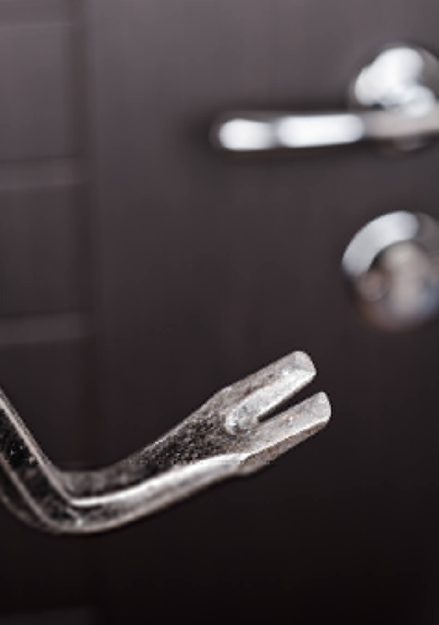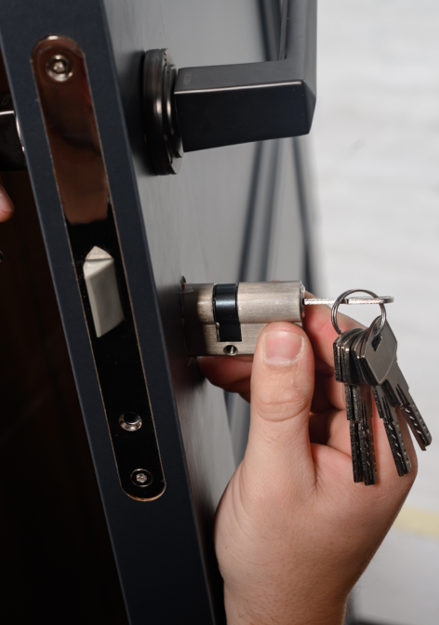Safeguarding Your Valuables with High-Security Safes
In an era where security breaches and theft are ever-present threats, protecting our most precious belongings has never been more crucial. Whether it’s important documents, heirlooms, jewelry, or cash, safeguarding valuables requires more than just locking them away in a drawer or cabinet. High-security safes provide an impenetrable fortress for your valuables, offering peace of mind and protection against theft, fire, and other unforeseen disasters. In this blog, we’ll explore the essential features and considerations for selecting and using high-security safes to safeguard your most prized possessions.
Understanding High-Security Safes
High-security safes are engineered to provide maximum protection against unauthorized access, theft, fire, and other threats. These safes are constructed using heavy-duty materials such as steel, reinforced concrete, and high-strength alloys to withstand physical attacks and tampering attempts. High-security safes incorporate advanced locking mechanisms, fire-resistant insulation, and other security features to ensure the utmost protection for your valuables.
Key Features to Look For
When selecting a high-security safe for your home or business, consider the following key features:
 Burglary Resistance: Look for safes that meet or exceed industry standards for burglary resistance, such as those certified by organizations like Underwriters Laboratories (UL) or European Standards (EN). Choose safes with solid steel construction, thick door bolts, and pry-resistant hinges to deter unauthorized entry attempts.
Burglary Resistance: Look for safes that meet or exceed industry standards for burglary resistance, such as those certified by organizations like Underwriters Laboratories (UL) or European Standards (EN). Choose safes with solid steel construction, thick door bolts, and pry-resistant hinges to deter unauthorized entry attempts.- Fire Protection: Opt for safes equipped with fire-resistant insulation to protect your valuables from damage in the event of a fire. Look for safes with fire ratings indicating the duration and temperature thresholds they can withstand, such as 1-hour fire rating at 1700°F. Additionally, consider the type of items you plan to store and choose a safe with appropriate fire protection levels.
- Locking Mechanisms: High-security safes feature advanced locking mechanisms designed to prevent manipulation and unauthorized access. Choose safes with electronic keypad locks, biometric fingerprint scanners, or dual key lock systems for added security. Consider the convenience and ease of use of different locking options, and select one that best suits your needs.
- Size and Capacity: Assess your storage needs and select a safe with sufficient size and capacity to accommodate your valuables. Consider factors such as the dimensions of the items you plan to store, as well as any future acquisitions or expansions of your valuables collection.
- Installation Options: Determine whether you prefer a freestanding safe or one that can be securely anchored to the floor or wall. Anchoring a safe adds an extra layer of security by making it more difficult for thieves to remove or tamper with the safe. Ensure that the installation location allows for easy access while providing adequate concealment and protection.
- Tamper Detection and Alerts: Some high-security safes are equipped with tamper detection sensors and alarms that alert you to unauthorized access attempts. Consider safes with built-in alarm systems or connectivity features that allow for remote monitoring and notifications via smartphone or computer.
Best Practices for Safe Use
 Once you’ve selected a high-security safe, follow these best practices to maximize its effectiveness:
Once you’ve selected a high-security safe, follow these best practices to maximize its effectiveness:
- Choose a Secure Location: Install the safe in a secure and inconspicuous location, such as a closet, basement, or dedicated safe room. Avoid placing the safe in areas easily accessible to intruders or visible to potential thieves.
- Maintain Secrecy: Limit knowledge of the safe’s existence and location to trusted individuals. Avoid discussing details of your safe’s contents or security measures with casual acquaintances or strangers.
- Regular Maintenance: Periodically inspect and maintain your safe to ensure proper functionality and security. Check for signs of wear, damage, or tampering, and promptly address any issues that arise.
- Update Access Codes: Change electronic keypad or combination lock codes periodically to prevent unauthorized access. Memorize access codes or keep them in a secure location away from the safe.
- Insurance Coverage: Consider purchasing insurance coverage for your valuables to provide financial protection in the event of theft, fire, or other covered perils. Consult with your insurance provider to ensure adequate coverage for items stored in your safe.
Conclusion
high-security safes offer unparalleled protection for your most valuable belongings, providing a fortress-like defense against theft, fire, and other threats. By understanding the key features and considerations for selecting a high-security safe, you can make an informed decision to safeguard your valuables effectively. Follow best practices for safe use, including choosing a secure location, maintaining secrecy, regular maintenance, updating access codes, and considering insurance coverage. With a high-security safe as your trusted guardian, you can rest assured that your prized possessions are safe and secure, protected against the unforeseen dangers of the world.
